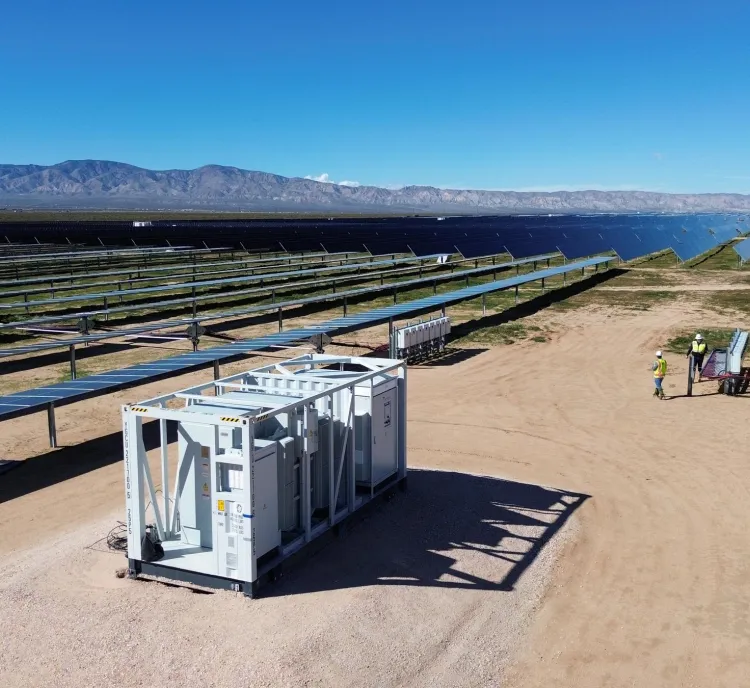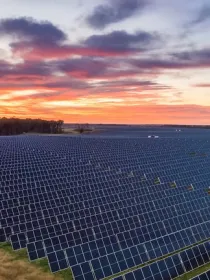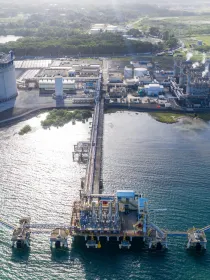ENERGY TECHNOLOGIES
Enabling technologies at AES
AES builds, owns and operates a diverse generation portfolio of renewables and thermal facilities, many of which are integrated with advanced battery storage systems. We are consistently at the forefront of applying, scaling, and integrating new energy technologies. Whether it’s coupling solar plus storage to provide 24/7 power in Hawaii or installing batteries at our natural gas facility in California to enhance local capacity, our groundbreaking innovations have won the Edison Electric Institute’s prestigious Edison Award seven times.
32.1 GW
In operation in the U.S. and around the world
17 million
Enough electricity generated to meet the needs of 17 million people

Technologies we are integrating
Meeting your energy needs, together
We do more than deliver energy technologies. We collaborate and co-create custom strategies that align with your unique goals and challenges. From early conversations to execution, our holistic approach ensures that every solution is tailored, practical, and designed to meet your needs.
Optimizing solutions with Digital and AI
Digital technology is embedded in everything we do: enhancing our energy solutions, optimizing every stage of project development, and transforming the way we operate. Whether it’s using AI to forecast renewable generation, deploying solar robotics to accelerate clean energy construction, or building platforms to modernize the grid, we’re leveraging digital innovation to deliver smarter, faster, and more sustainable outcomes.
From internal operations to customer-facing solutions, digital is not an add-on; it’s a fundamental part of how we build the future of energy.






